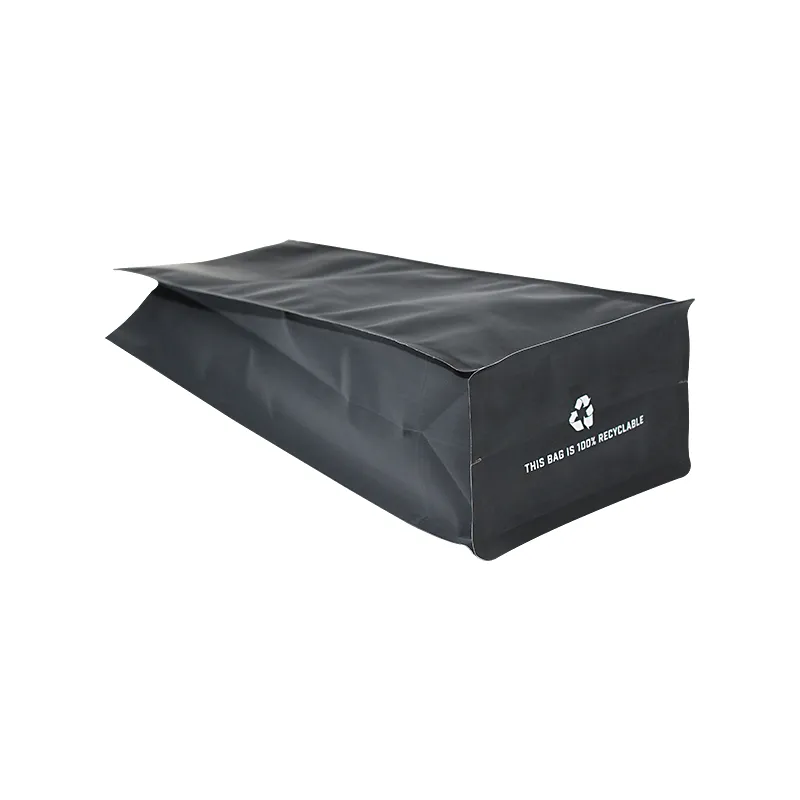- Afrikaans
- Albanian
- Amharic
- Arabic
- Armenian
- Azerbaijani
- Basque
- Belarusian
- Bengali
- Bosnian
- Bulgarian
- Catalan
- Cebuano
- chinese_simplified
- chinese_traditional
- Corsican
- Croatian
- Czech
- Danish
- Dutch
- English
- Esperanto
- Estonian
- Finnish
- French
- Frisian
- Galician
- Georgian
- German
- Greek
- Gujarati
- haitian_creole
- hausa
- hawaiian
- Hebrew
- Hindi
- Miao
- Hungarian
- Icelandic
- igbo
- Indonesian
- irish
- Italian
- Japanese
- Javanese
- Kannada
- kazakh
- Khmer
- Rwandese
- Korean
- Kurdish
- Kyrgyz
- Lao
- Latin
- Latvian
- Lithuanian
- Luxembourgish
- Macedonian
- Malgashi
- Malay
- Malayalam
- Maltese
- Maori
- Marathi
- Mongolian
- Myanmar
- Nepali
- Norwegian
- Norwegian
- Occitan
- Pashto
- Persian
- Polish
- Portuguese
- Punjabi
- Romanian
- Russian
- Samoan
- scottish-gaelic
- Serbian
- Sesotho
- Shona
- Sindhi
- Sinhala
- Slovak
- Slovenian
- Somali
- Spanish
- Sundanese
- Swahili
- Swedish
- Tagalog
- Tajik
- Tamil
- Tatar
- Telugu
- Thai
- Turkish
- Turkmen
- Ukrainian
- Urdu
- Uighur
- Uzbek
- Vietnamese
- Welsh
- Bantu
- Yiddish
- Yoruba
- Zulu
Exploring the Properties and Applications of PET, ALU, and PE Films in Packaging
The Versatile World of PET, ALU, and PE Films
In an age where packaging plays a crucial role in product marketing and sustainability, the materials used for packaging have become increasingly diversified and specialized. Among these materials, PET (Polyethylene Terephthalate), ALU (Aluminum), and PE (Polyethylene) films stand out as key players in various industries. Each of these films possesses unique properties that make them suitable for numerous applications, contributing to better product preservation, branding, and sustainability.
PET Films Strength and Clarity
Polyethylene Terephthalate (PET) films are well-known for their excellent optical clarity, mechanical strength, and good thermal stability. These characteristics make PET an ideal choice for applications that require transparency and durability, such as food packaging, industrial applications, and protective films for electronics.
One of the most significant advantages of PET films is their recyclability. Being part of the polyester family, PET can be recycled numerous times without losing its inherent properties. This quality aligns well with the global shift towards sustainability in manufacturing and consumption. The recycling process for PET is well-established, allowing manufacturers to produce recycled PET (rPET) for use in new products, minimizing waste and reducing the demand for virgin materials.
ALU Films Barrier Properties and Protection
Aluminum (ALU) films, on the other hand, are celebrated for their exceptional barrier properties. They effectively block moisture, light, and oxygen, making them an ideal choice for applications that require extended shelf life and protection from environmental factors. ALU films are commonly used in food packaging, pharmaceuticals, and even insulation materials.
The versatility of ALU films extends beyond their barrier properties. They can be laminated with other materials, such as PET, to enhance their durability, printability, and overall performance. This adaptability gives manufacturers the ability to tailor packaging solutions according to specific requirements, thereby improving product efficiency and consumer appeal.
pet alu pe film

Additionally, aluminum is a material that is widely recyclable. While the recycling process differs from PET, the high value of recycled aluminum contributes to a sustainable circular economy. By utilizing ALU films, companies can reduce their carbon footprint and promote responsible manufacturing practices.
PE Films Flexibility and Cost-Effectiveness
Polyethylene (PE) films are one of the most commonly used packaging materials due to their flexibility, cost-effectiveness, and ease of processing. These films are available in various forms, including low-density polyethylene (LDPE) and high-density polyethylene (HDPE), each serving different purposes in the market.
PE films are widely used in agriculture, food packaging, and industrial applications. For instance, LDPE is favored for its flexibility and is often used in grocery bags, shrink wraps, and food packaging films. HDPE, on the other hand, offers greater strength and is commonly used for bottles and rigid containers.
The recyclability of PE films is also a vital topic in sustainability discussions. While PE films can be recycled, they often require specific processes to prevent contamination. Efforts are ongoing to develop better recycling systems for PE, which will significantly enhance its sustainability profile in the long run.
Conclusion A Combined Approach
In conclusion, PET, ALU, and PE films represent a diverse array of functions and benefits in the packaging world. As industries continue to evolve, the demand for efficient, sustainable, and adaptable packaging solutions will only grow. By leveraging the unique properties of these films, companies can not only enhance their product offerings but also contribute to more sustainable practices. The future of packaging lies in the strategic combination of these materials, driving innovation and efficiency across various sectors. As we move forward, embracing the capabilities of PET, ALU, and PE films will be essential in meeting the challenges of modern packaging needs while prioritizing environmental responsibility.













